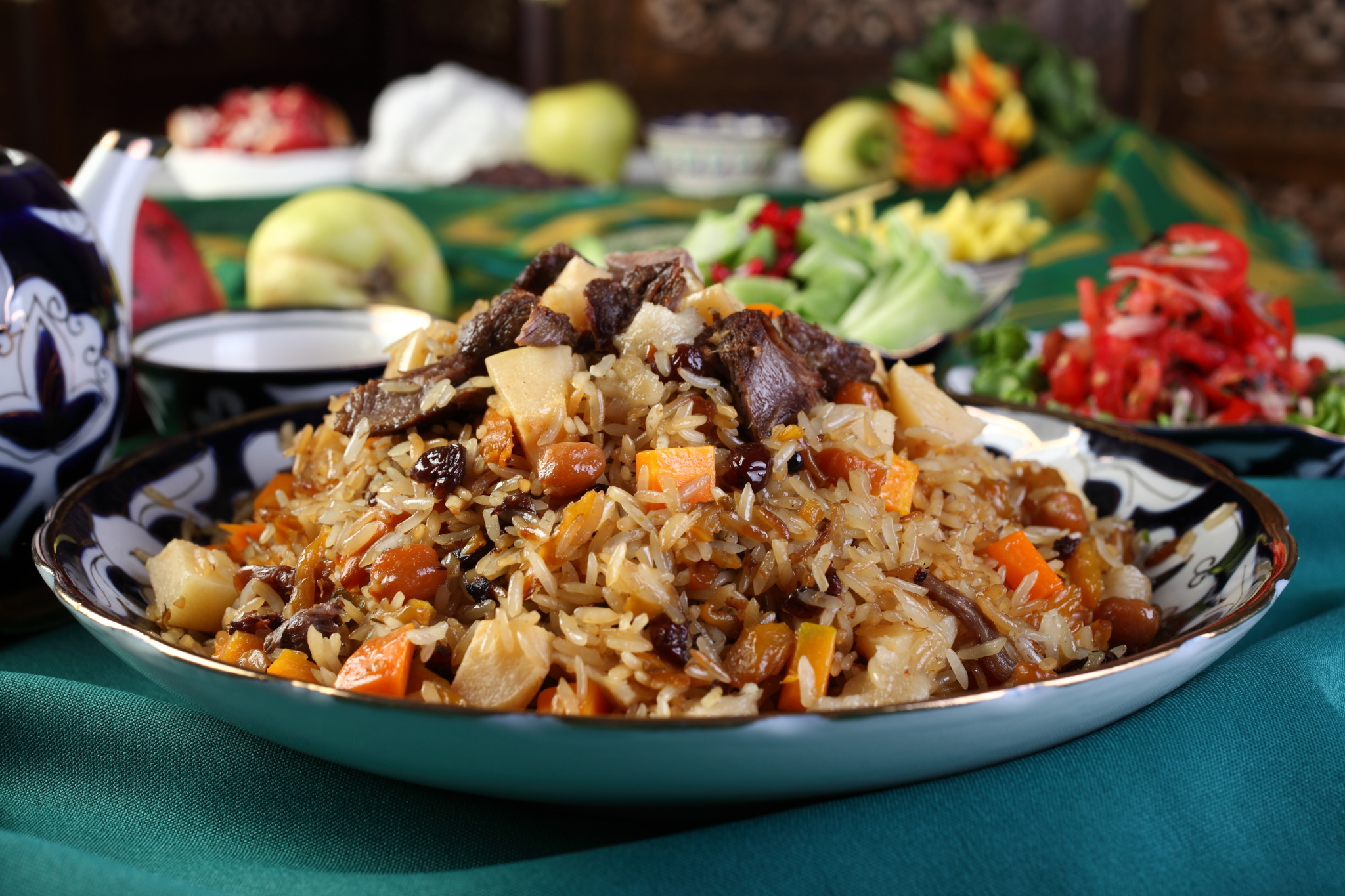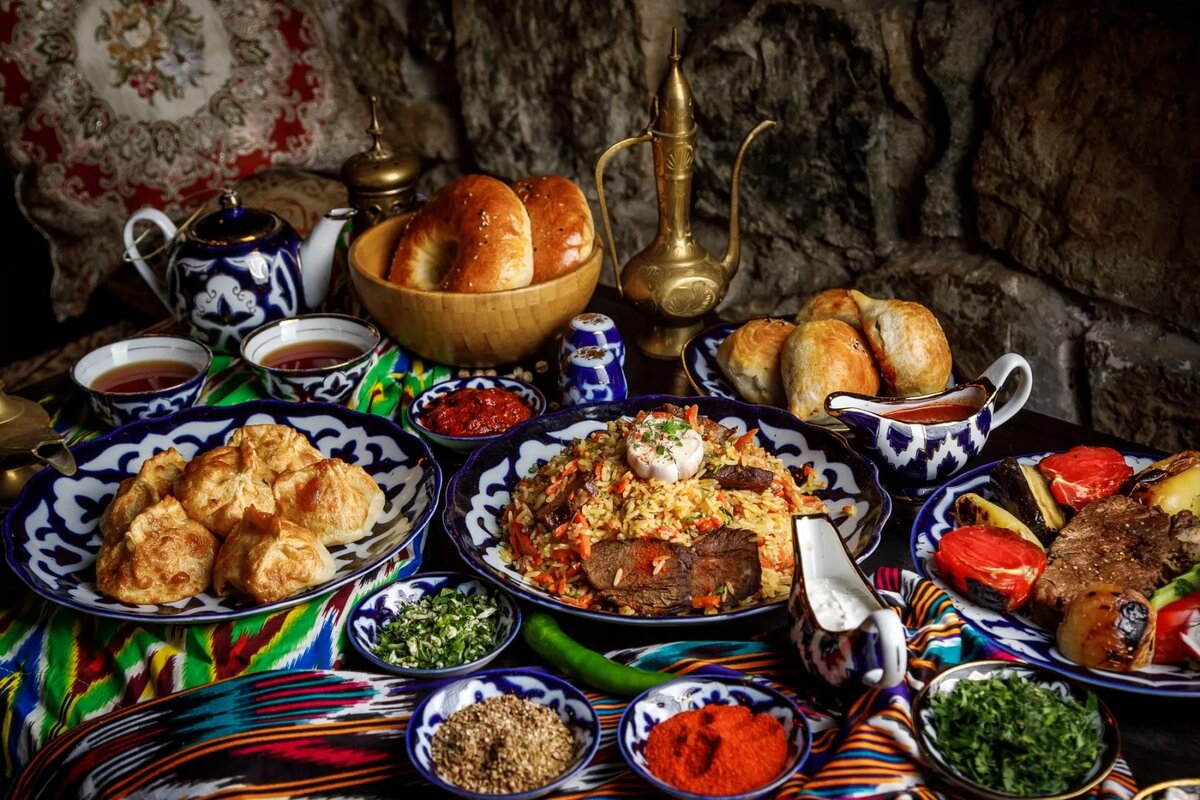The legend of pilaf
It is believed that a guest who has visited Uzbekistan and has not tasted real Uzbek pilaf has not learned the essence of Uzbek culture and hospitality. Perhaps he just wasn't here yet.

Uzbek pilaf is a dish of real gourmets and connoisseurs of Oriental cuisine. There are more than 100 pilaf recipes in the world, and in Uzbekistan it is special. Each region of Uzbekistan boasts its own unique recipe for cooking pilaf. But few people know about the history of pilaf in Uzbekistan.
There is an ancient legend about the origin of the word "Palov OSH", which is associated with the name of the great Avicenna. In fact, PALOV OSH is an abbreviation consisting of the capital letters of the ingredients of the dish: P-Piez -onion, A-aez - carrot, L-lahm - meat, O-olio - oil, V-vet- salt.

One day the son of the Bukhara ruler met a beautiful young girl from a poor family. Because of class inequality, their marriage is impossible. Suffering from unhappy love, the prince weakens and loses interest in life and food. Then his father invites the famous healer - Abu Ali ibn Sin (Avicenna) and asks him to find out the cause of this ailment and cure the young heir. After the examination, ibn Sina realizes that the cause of the young man's illness was unhappy love. Ibn Sina tells the ruler that there are 2 options to bring his son back to life: the first is to marry the young or the second is to feed him with one very high-calorie drug called "Palov Osh", from seven ingredients. After feeding the prince with this dish, Avicenna saw that his patient felt an unexpected surge of strength. After that, the Palov osh dish became widely used by the people and turned from a medicinal drug into a regular of wide feasts and celebrations.

An old Eastern saying goes: "A good pilaf needs a hot fire, a cauldron with rice and meat and...love. In addition, there are some subtleties. For example, the meat should be washed only in running water, and the sorted rice in a bowl, lightly rubbing it between the palms. Oil is poured into the cauldron when it heats up properly - after that, the fire is reduced and meat, onions, carrots and spices are put into the cauldron — zirvak. When the zirvak is ready, rice is poured into the cauldron. And on an open fire, pilaf turns out very tasty.
In Uzbekistan, pilaf has long been an indispensable ritual of family celebrations, whether it is the birth of a child, a wedding, a funeral or the return of a person from a pilgrimage to the great Hajj.
And in fact, pilaf unites people, strengthens relationships, gives life, supports health and immunity – it's not for nothing that Avicenna himself recommended it.
Leave a comment
By logging in, you agree to the processing personal data
See also
Workhours: 9:00-18:00, Mn-Fr
For any questions
Uzbekistan


 UZB
UZB RUS
RUS JPN
JPN ARA
ARA FRA
FRA CN
CN DE
DE POR
POR ESP
ESP TUR
TUR ITA
ITA HIN
HIN MAL
MAL





A comment